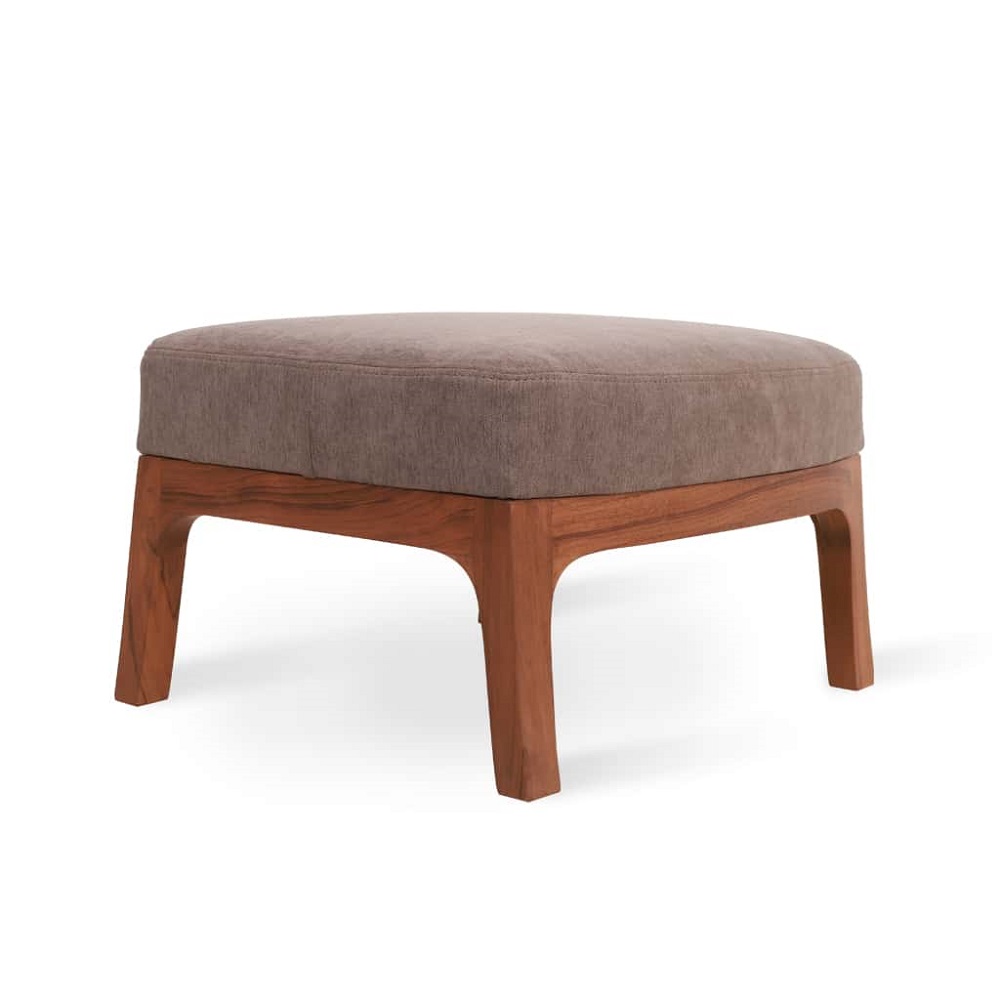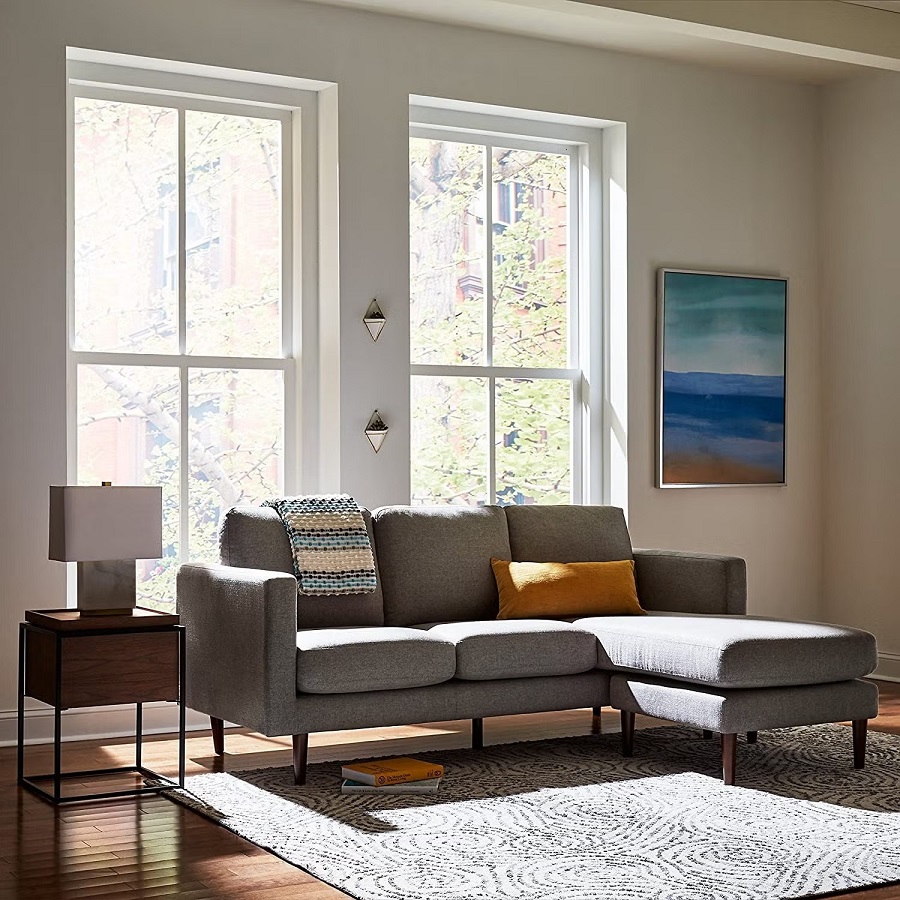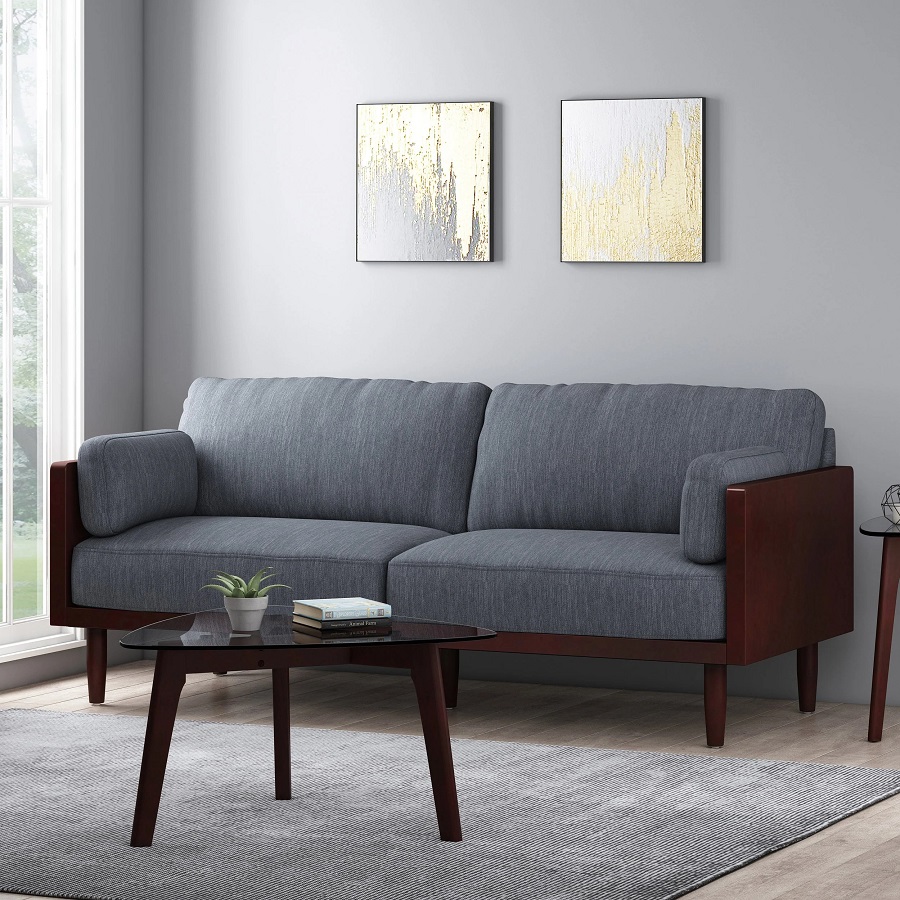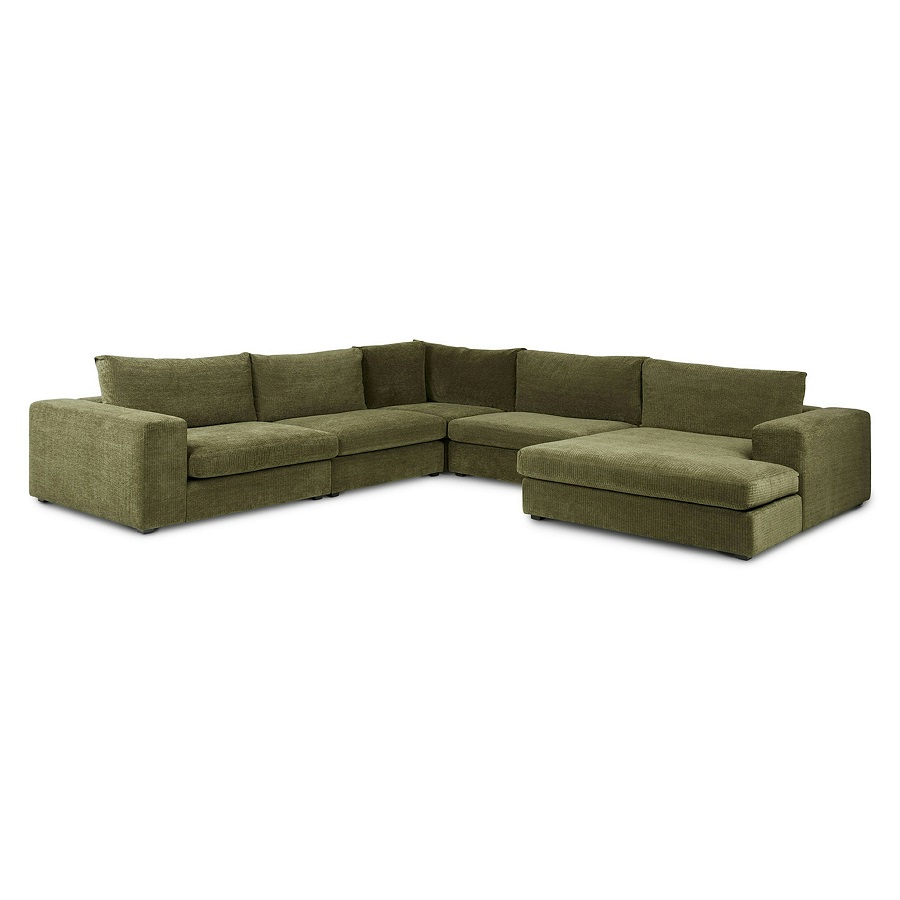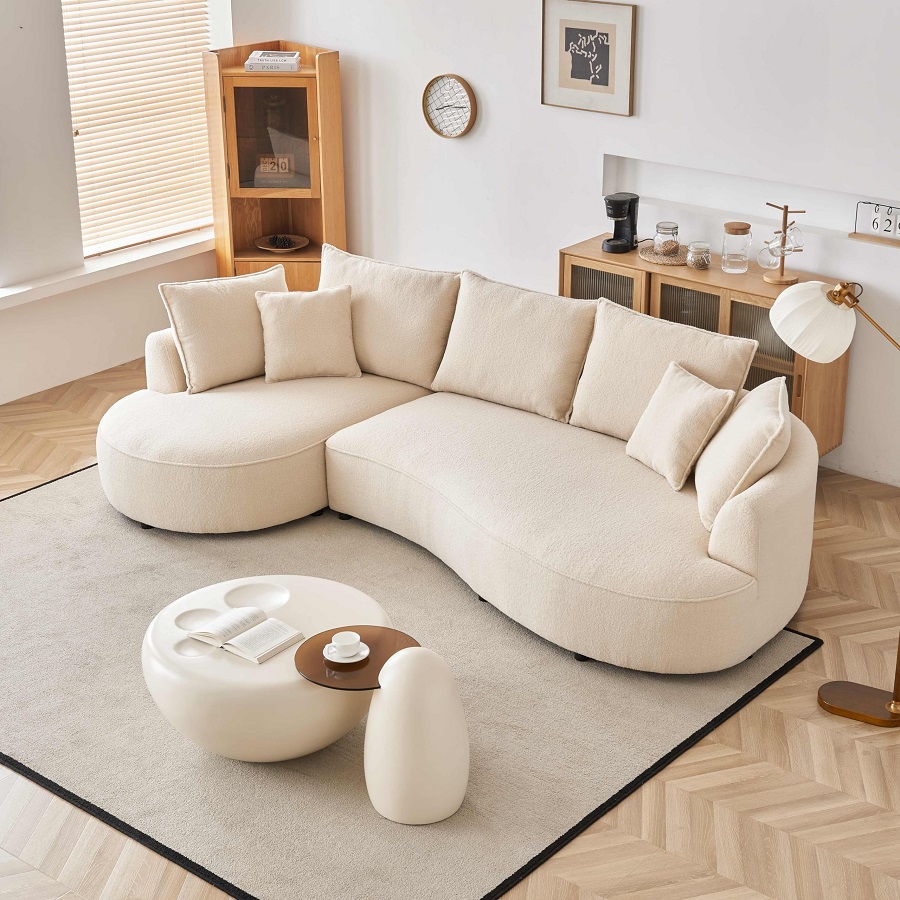Footstools are versatile and functional pieces of furniture that can enhance the comfort, style, and organization of any home. Whether you’re looking to elevate your feet after a long day or need extra seating or storage, footstools come in many shapes, sizes, and materials, making them an ideal addition to a variety of living spaces. In this guide, we will explore everything you need to know about footstools—from their types and designs to tips for choosing the perfect one for your home.
What Is a Footstool?
The Function and Purpose of Footstools
A footstool is a small piece of furniture designed primarily for resting your feet while sitting. Though its function is simple, it serves several important purposes in a home. First and foremost, footstools provide comfort and promote better posture. By elevating your feet, they can help reduce pressure on your legs and lower back, making them ideal for use alongside chairs, sofas, or recliners.
In addition to comfort, footstools can also serve as decorative elements in a room, contributing to the overall style of your home. Whether you’re aiming for a modern, rustic, or classic aesthetic, there is a footstool that fits. Beyond comfort and decoration, many footstools design with additional functionality, such as built-in storage or as a multifunctional piece of furniture for extra seating.
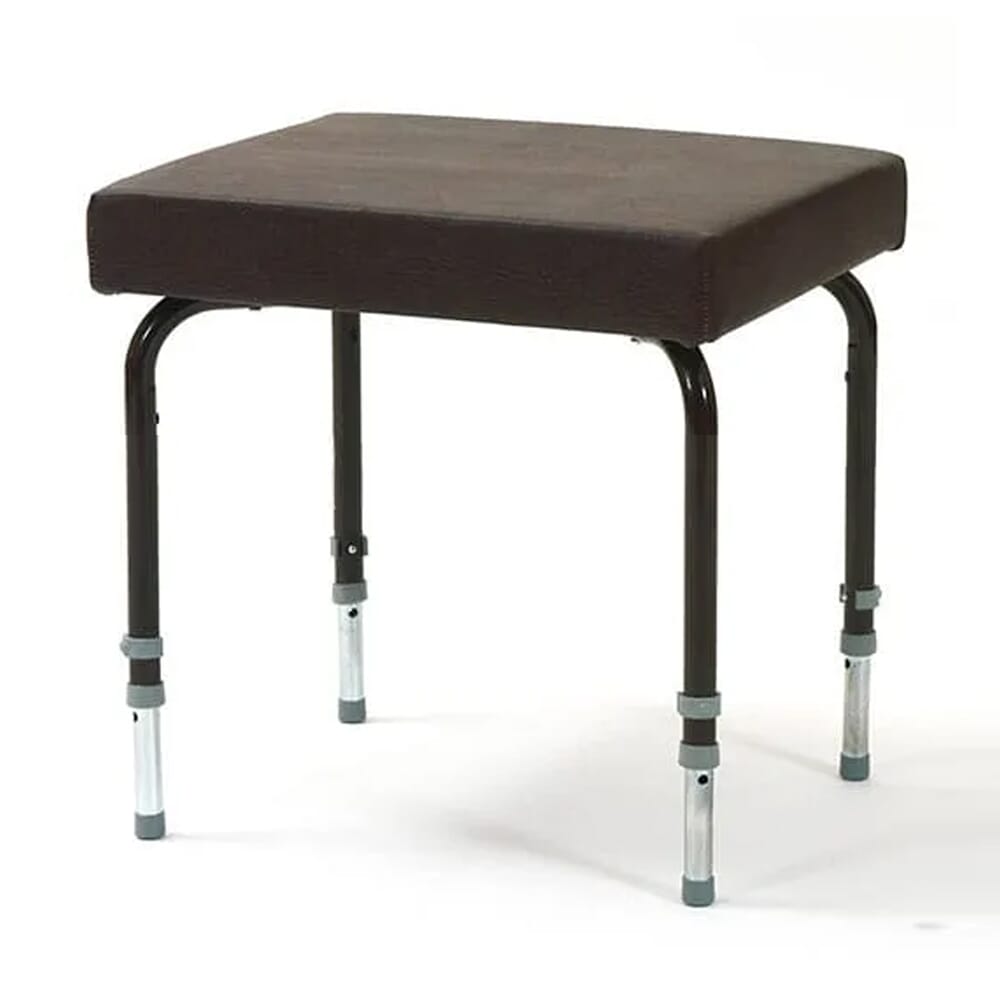
Types of Footstools
Traditional vs. Modern Footstools
Footstools come in a variety of styles, with traditional and modern designs being two of the most common categories. Traditional footstools typically feature wooden legs, plush upholstery, and often, more intricate detailing. These are ideal for classic or vintage-inspired interiors where warmth and craftsmanship are emphasized. They might include features like tufted fabrics, leather finishes, or even brass nailhead trim, providing a sophisticated touch to a room.
On the other hand, modern footstools are designed with simplicity and minimalism in mind. These often feature sleek lines, metallic or natural wood legs, and contemporary fabrics such as velvet, linen, or cotton. Modern footstools might also come in more unusual shapes, such as geometric or low-profile designs, perfect for homes with a modern, urban, or Scandinavian style.
Ottomans: A Larger Footstool Option
While footstools are generally small and compact, ottomans are a larger variation that can provide both footrest and storage functionality. Ottomans often feature upholstered padding and may serve as both a footrest and a coffee table. These pieces tend to be larger and can also function as extra seating or a place to store blankets, pillows, or remote controls.
The key difference between a footstool and an ottoman is the size and versatility of the latter. Ottomans are ideal for larger living rooms or spaces where you need additional seating or storage options. They come in various shapes, such as square, round, and rectangular, and are often designed to complement a couch or a set of chairs.
Materials and Upholstery Options for Footstools
Upholstery Materials: Fabric vs. Leather
One of the most important decisions when selecting a footstool is the type of upholstery material. The fabric you choose will affect both the look and durability of the piece. Fabric footstools come in a wide range of materials, from soft velvet to durable linen or cotton. Fabrics can add texture and richness to a room and offer a variety of colors and patterns to suit any style.
Leather footstools, on the other hand, have a more luxurious and timeless appeal. Leather is durable, easy to clean, and often becomes more beautiful with age, developing a patina over time. It’s ideal for formal or traditional settings but can also work in contemporary rooms, depending on the style of the leather finish. Faux leather offers a similar aesthetic at a more affordable price point and is a good option for those who want the look of leather without the cost.
Other Materials: Wood, Metal, and Acrylic
Aside from fabric and leather, footstools can be made from other materials, such as wood, metal, or acrylic. Wooden footstools offer a natural, rustic feel and work well in a variety of settings, from farmhouse to traditional decor. The wood can polish to a high sheen or left with a natural finish, depending on the look you’re after.
Metal footstools typically use in industrial or modern interiors, offering a sleek and contemporary look. These are usually lightweight and can come in finishes like brush nickel, brass, or matte black, providing a stylish contrast to soft upholstered furniture.
Acrylic footstools are a more modern choice, with transparent or frosted designs that blend seamlessly with most decor. These are often used in minimalist spaces and are known for their lightweight construction and innovative design.
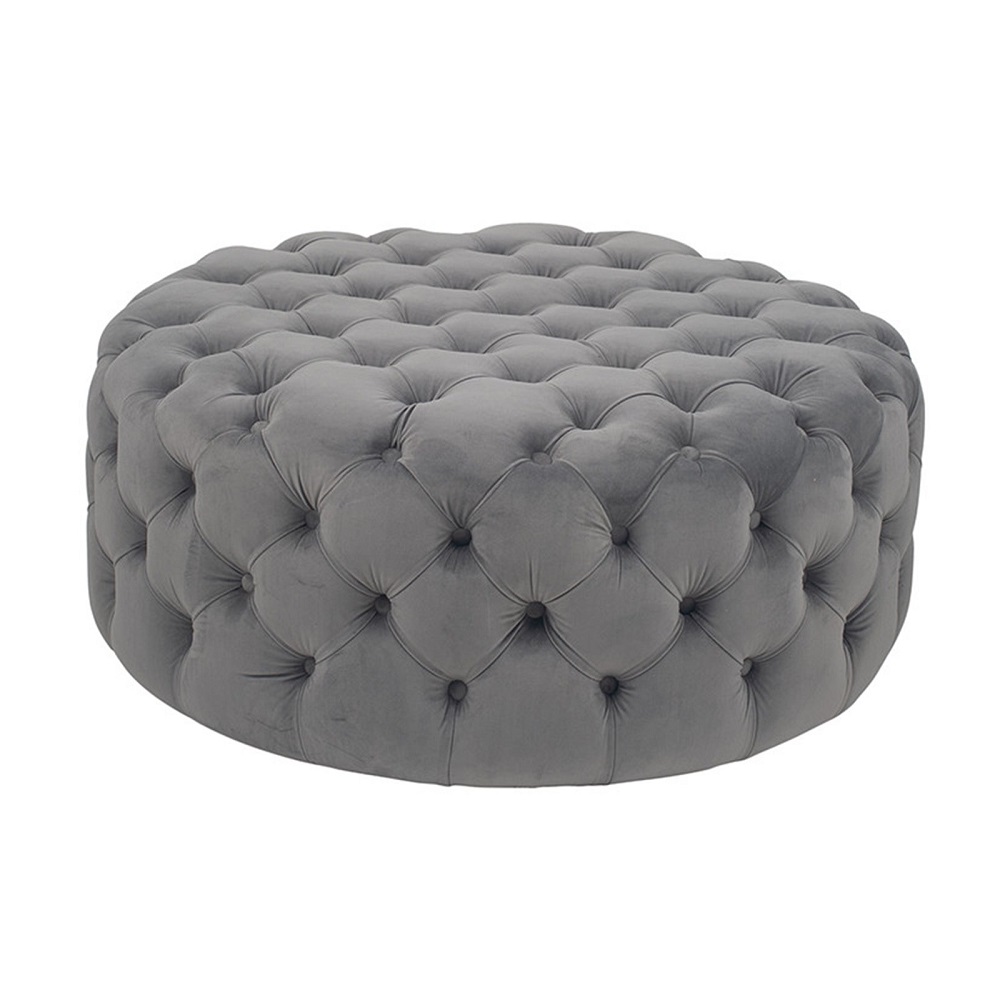
Footstools with Storage: A Practical Solution for Small Spaces
Maximizing Space with Hidden Storage
For homes with limited space, a footstool with storage is a fantastic option. These pieces typically feature a hinged or lift-up top that opens to reveal a hidden compartment where you can store blankets, books, magazines, or other items. Not only does this provide extra storage, but it also helps to keep the space organized and clutter-free.
Storage footstools come in various shapes and sizes, allowing you to choose one that fits your needs. Some may be large enough to store multiple items, while others might be smaller, designed for organizing smaller household essentials like remote controls or electronic accessories. This dual-purpose functionality is perfect for apartments, dorm rooms, or any space where every square inch matters.
Choosing the Right Storage Footstool
When selecting a storage footstool, consider the items you plan to store and how easy it will be to access them. For example, an ottoman with a hinged lid might be perfect for storing larger items like throws or pillows. If you need a more discreet storage solution, consider a footstool with a soft, upholstered top that doubles as a comfortable resting spot.
Keep in mind that some footstools come with additional compartments or even trays for organizing smaller items like remotes or keys. When shopping for a storage footstool, be sure to think about both the functionality and design, as it should blend seamlessly with your existing furniture.
Choosing the Right Footstool for Your Home
Size and Proportions: Finding the Perfect Fit
The size and proportions of the footstool are essential considerations when choosing the right one for your home. A footstool should complement the scale of the furniture it is paired with. For example, if you have a large sectional sofa, a small, delicate footstool may look out of place. Likewise, a bulky ottoman may overwhelm a smaller couch.
To ensure the footstool works well in your space, measure the area where you intend to place it and consider how much space you want between the footstool and other furniture. Ideally, there should be enough room to move around without it feeling cramped. If you are placing a footstool in front of a chair or sofa, the height should be comfortable for resting your feet, ideally at or slightly below knee level.
Style Considerations: Matching Footstools to Your Décor
The footstool you choose should reflect the overall style of your living space. If your décor leans towards modern minimalism, a sleek, low-profile footstool with metal or acrylic legs might be the perfect fit. For more traditional interiors, a plush upholstered footstool with wooden legs in warm tones might be the better choice.
If your room features multiple patterns or textures, you may want a more neutral footstool in solid colors to complement the existing elements. Conversely, if your décor is relatively simple, a colorful or patterned footstool can act as a statement piece that adds visual interest and personality to the space.
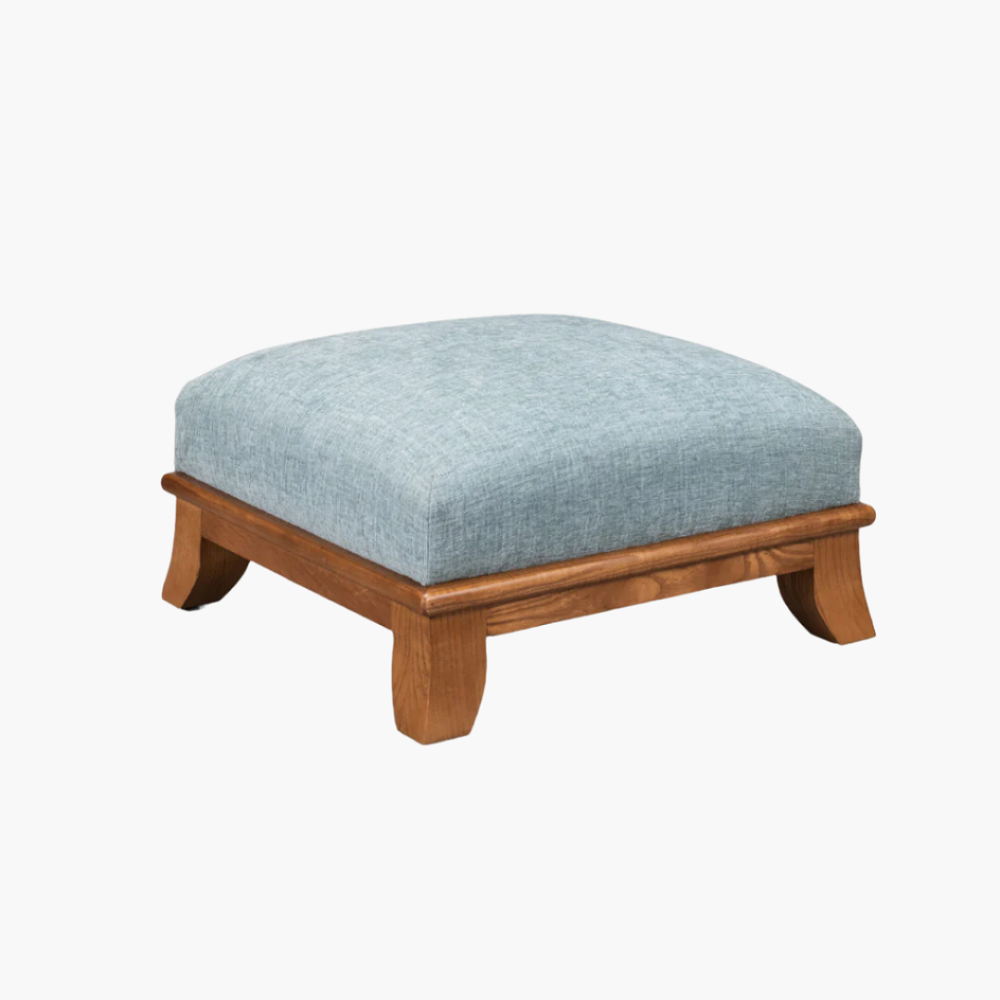
Maintenance and Care for Footstools
Keeping Upholstered Footstools Clean
Like any piece of furniture, footstools require regular maintenance to keep them looking their best. Upholstered footstools made from fabric should vacuum regularly to remove dust and debris. For deeper cleaning, check the manufacturer’s instructions for the recommend method of cleaning. Some fabric footstools can spot clean, while others may require professional cleaning.
Leather footstools, while easy to wipe down, also need occasional conditioning to keep the material supple and prevent cracking. Be sure to clean them with a damp cloth and apply a leather conditioner every few months to maintain their appearance.
Maintaining Footstool Frames
Wooden footstools require minimal maintenance but should wipe with a dry or slightly damp cloth to remove dust and avoid water damage. Wooden footstools with a lacquer or varnish finish may require occasional reapplication of the finish to maintain their sheen.
Metal and acrylic footstools should also clean regularly, though they may require different care methods. Metal footstools should wipe down with a soft cloth to avoid scratches, and acrylic pieces should clean with a non-abrasive cleaner to prevent cloudy surfaces.
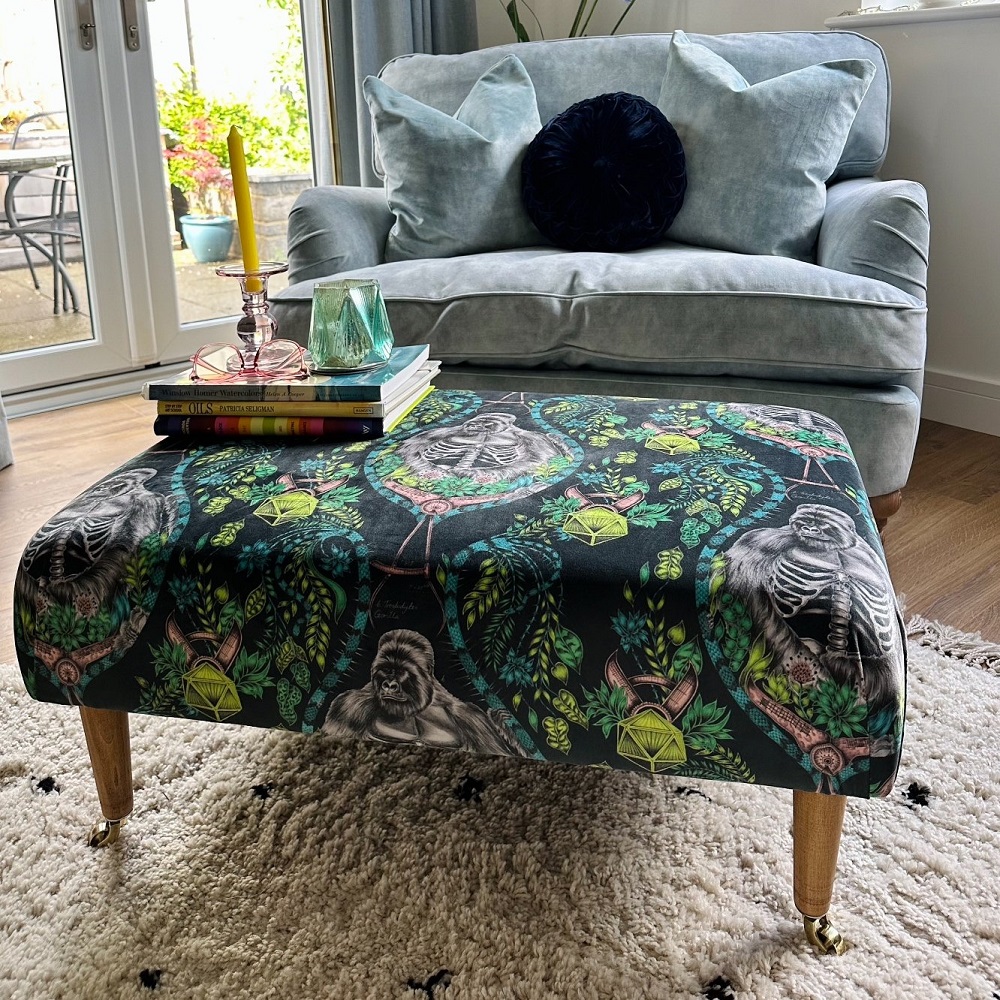
Conclusion: Finding the Right Footstool for Your Home
Footstools are more than just functional accessories; they are an essential piece of furniture that adds comfort, style, and even storage to your home. When choosing the perfect footstool for your space, consider the materials, size, style, and functionality to ensure it complements your decor and meets your practical needs.
By understanding the different types of footstools available, the materials they are made from, and how they can fit into your home’s layout and design, you can find the ideal piece that not only elevates your feet but also enhances the overall aesthetic and functionality of your living space.






